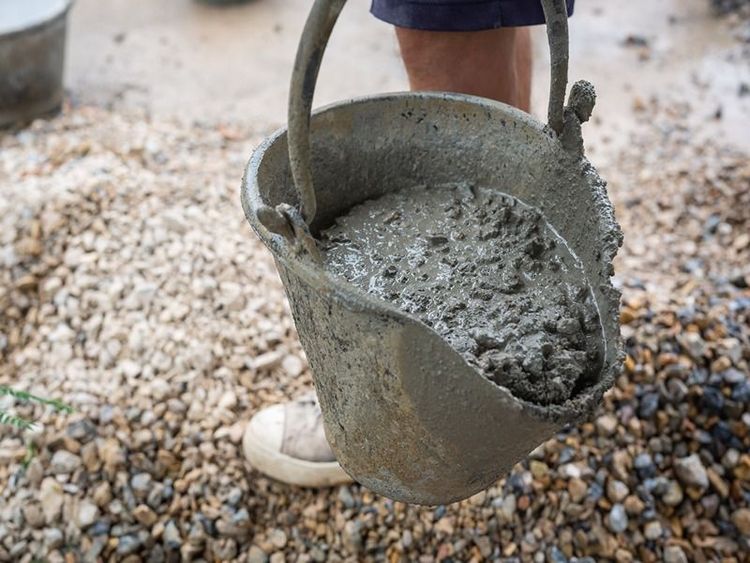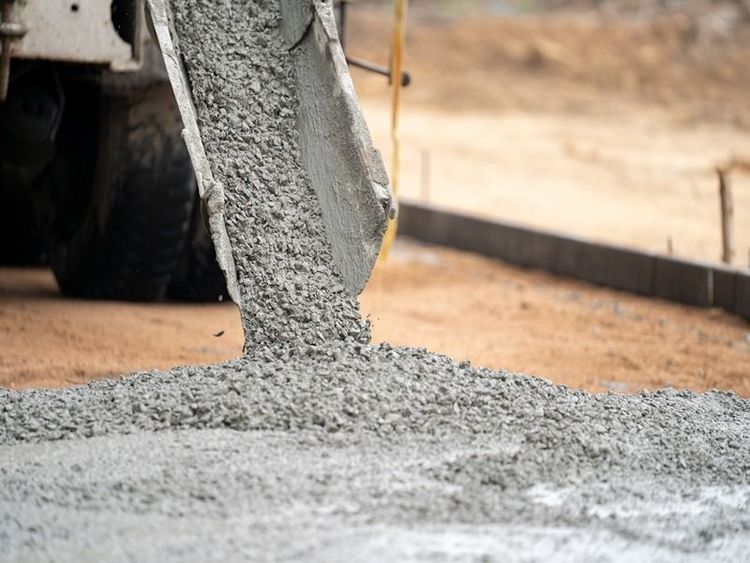Reinforced concrete is a staple in modern construction, combining the compressive strength of concrete with the tensile strength of steel to create a durable, long-lasting material. However, the question arises: can you over-reinforce concrete? The short answer is yes. Over-reinforcing concrete can lead to several issues that compromise the structural integrity and longevity of a building. In this blog, we'll explore the concept of over-reinforcement, its implications, and how to avoid it using high-quality materials like JSW cement and appropriate TMT bars.
Understanding reinforced concrete
Reinforced concrete sections can be constructed with varying percentages of steel reinforcements. The amount of reinforcement used categorises these sections into three types:
- Balanced
- Under-reinforced
- Over-reinforced
The behaviour of these sections' underload depends significantly on the amount of reinforcement.
What happens when you over-reinforce concrete?
Over-reinforced sections in reinforced concrete structures are those where the concrete reaches its failure strain before the steel reinforcement yields. This scenario is problematic for several reasons:
Sudden failure: in an over-reinforced section, the steel does not yield significantly before the concrete fails. This results in a sudden and brittle failure without the warning signs, such as cracks or deflections that typically precede structural failure. This can be dangerous as it doesn't allow time for evacuation or repairs.






 +91 7208055523
+91 7208055523
 Help & support
Help & support
